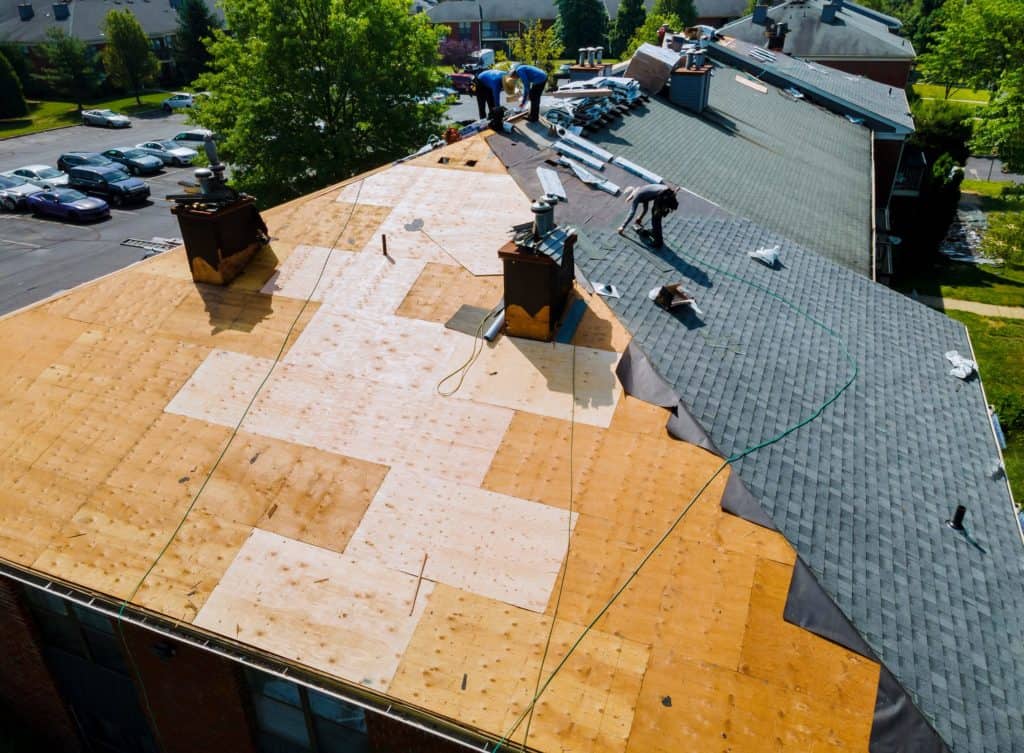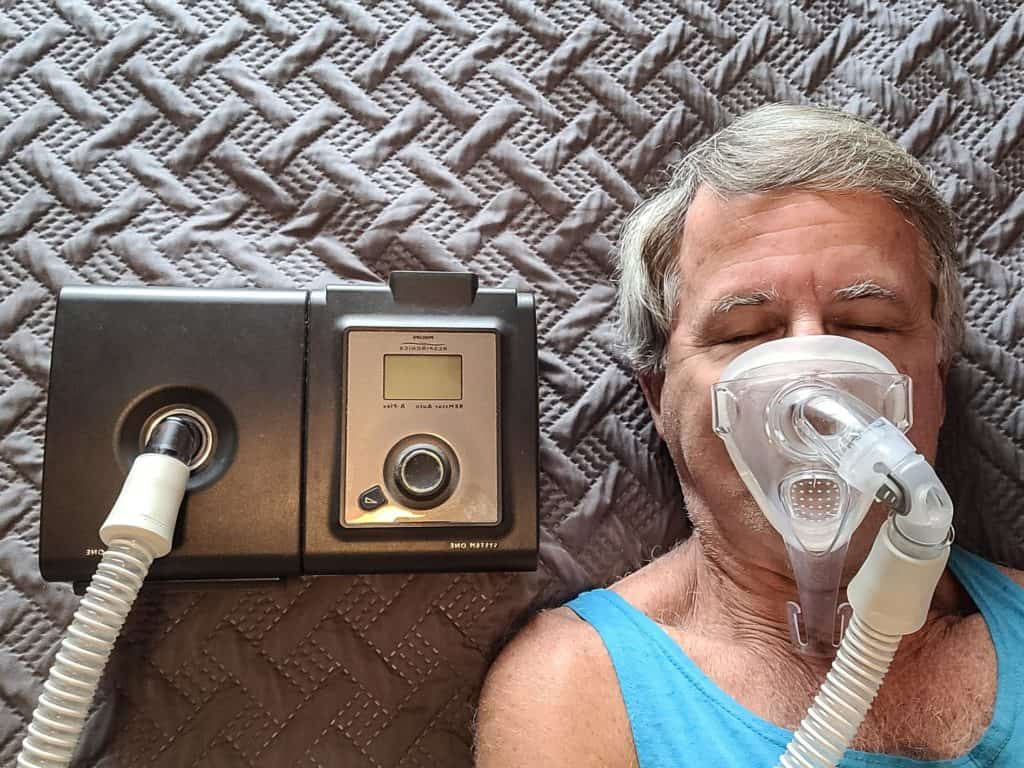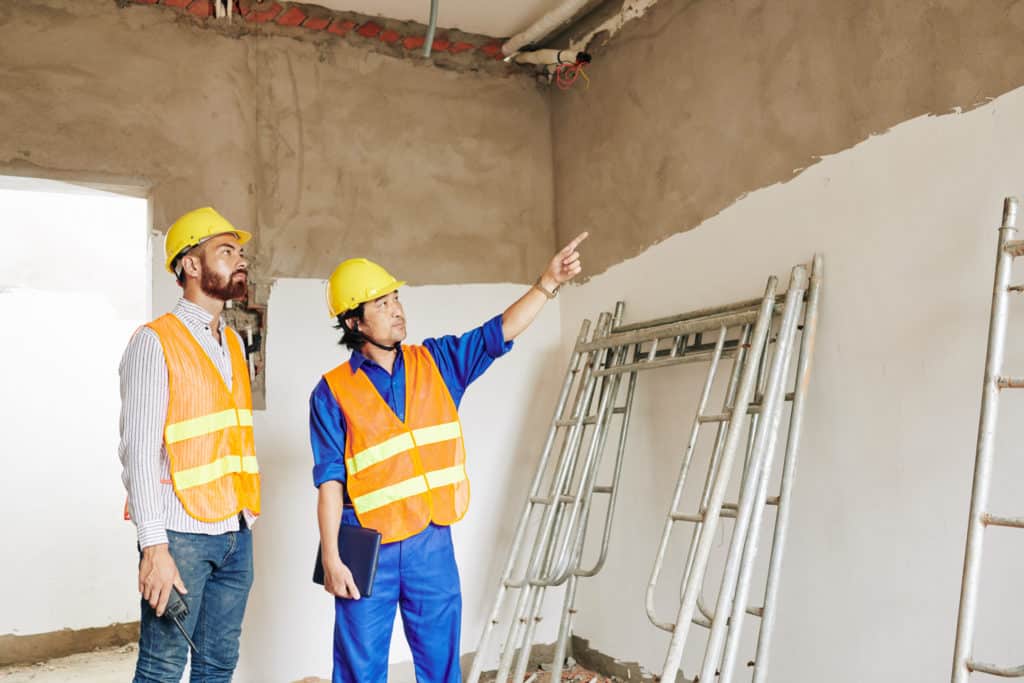When you install your roof, you’re taking a significant risk. Not only will you run the risk of leaks, but you could also end up with Asbestos exposure, which can lead to lung cancer. Additionally, DIY roof installation often results in expensive repairs down the road.

Improper installation can lead to premature roof replacement.
When it comes to roofing, a roof’s lifespan depends on the product usage and its installation. A properly installed roof can last 15 to 20 years, but improper installation can drastically shorten its lifespan. Improper installation of roofs can look excellent for the first year, but once they show their age, they’ll need replacements. Sometimes, this problem is as simple as a mismatched shingle or a poor installation.
The improper installation also causes premature roof damage. It can result from poor artistry, attic ventilation, improper nailing, or even poor weather conditions during installation. Not only will it cause your roof to age prematurely, but it can also result in leaks before it’s due. Fortunately, there are a few ways to avoid these problems. Frequent visual inspections of your roof will help you identify problems before they become a hassle.
Roofing is one of the most expensive components of your home, so it’s essential to take good care of it. Proper maintenance and timely repair can extend the life of your roof by twenty to forty years. However, some homeowners neglect their roofs, allowing the minor leak to grow into a large leak. This can cause extensive damage to your house. You don’t want to spend years without maintaining your roof because it could need replacements in the future.

Asbestos exposure can cause lung cancer.
Symptoms of asbestos-related lung cancer may be slow to appear or may occur years after exposure. Some symptoms may not appear until the cancer has progressed to the point where the cancer is too advanced to be treated. Doctors follow a step-by-step process to diagnose an asbestos-related illness. Non-invasive imaging tests such as CT scans, MRIs, and PET scans can help identify the presence of asbestos in the body.
Asbestos fibers can lodge in the chest, lungs, and abdomen lining, irritating cells and causing cancer. Asbestos exposure increases the risk of developing lung cancer and mesothelioma. The risk of developing either lung cancer or mesothelioma depends on the type of asbestos and how long the person has been exposed. The risk of lung cancer is increased even further by a history of smoking.
Several treatments are available to lung cancer patients, including surgery, chemotherapy, and radiation. Patients may also be treated with targeted therapies, which involve taking oral or intravenous medicines to block the growth of cancer cells. Asbestos fibers enter the cell walls and damage the normal DNA within them. This interrupts the process of cell division, resulting in mutated cells. These cells then group to form a tumor.
The pleura, or the membrane surrounding the lungs, may also thicken. The pleural disease does not usually cause symptoms but can decrease lung function. Asbestos and smoking together significantly increase the risk of lung cancer. There is a significant time between exposure and the development of lung cancer, called the latency period.
Asbestos is present in the air, water, and soil at deficient levels. Although these levels are safe for the environment, exposure to asbestos poses a health risk to those who work with the material. Asbestos fibers can travel deep into the lungs and lodge there. This scarring prevents the lungs from functioning correctly.
Asbestos is responsible for about 37% of occupational lung cancer cases. The latency period for asbestos exposure is long, so most cases of asbestos-related cancer started decades ago. Veterans and those with asbestos exposure are at the highest risk. Workers in firefighting, heavy industry, and shipbuilding are also at risk.
The United States Environmental Protection Agency, the International Agency for Research on Cancer, and the National Toxicology Program (NTP) have recognized asbestos as a human carcinogen. The findings of these studies are consistent with other research and show that asbestos is a lung cancer-causing substance. However, few studies have examined the risks in a population-based setting with a wide range of occupations and exposures.
Patients with a history of asbestos exposure should undergo screening for asbestos-related diseases. The American Thoracic Society recommends that patients undergo chest radiography and pulmonary function testing every three to five years to detect symptoms. These tests will determine whether or not a patient has lung cancer or asbestosis.

Improper installation can lead to roof leaks.
Several factors contribute to roof leaks, including poor materials and improper installation. If improperly installed shingles or flashing, the roof may leak from the seams that meet the shingles, leaving gaps that water can enter through. Improper installation may also result in damage to the flashing and roof membrane.
Improperly installed flashing is one of the leading causes of roof leaks. This thin protective material is typically around seams and joints to direct water away from the roof. But improper flashing can receive damage quickly or move out of position, allowing water to enter. Another common cause is an improperly sloping or flat roof, which increases the risk of leaks.
Ice dams could be the culprit if you’re experiencing leaks in the winter. This is a problem when ice accumulates at the roof’s edge, preventing water from passing. The leading causes of ice dams are prolonged temperatures below freezing and snowfall. In these conditions, the snow will melt on the roof but refreeze near the roof’s edge.
Improper installation of skylights and gutters is another common cause of roof leaks. Skylights and eaves troughs can’t drain properly and may leave standing water on the roof surface after heavy rain. Improper installation of shingles can also cause leaks in these areas.
Improper installation of roofing is one of the leading causes of leaks. When shingles are installed incorrectly, it can cause them to slip off the roof or become damaged. In addition, overdriving nails during installation can create tiny holes that allow water to seep through and cause leaks.
Improper installation of roofs can cause severe problems to the structure of your home. Repeated leaks may weaken walls and support beams, resulting in costly repairs. Moreover, water from a roof leak can cause rot and decay of interior materials. Eventually, this may even weaken the structure of your house.
Improper installation of roofs can result in multiple types of problems. These include the damaged attic floors, walls, and ceilings. Whether a leak is small or large, you should fix the problem immediately. There’s nothing worse than a roof leak that’s visible.



